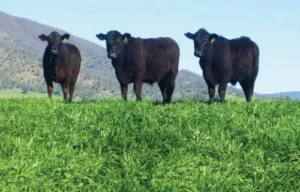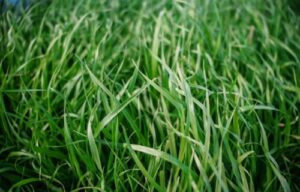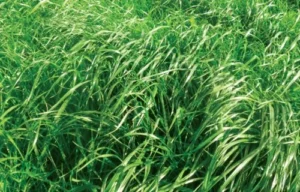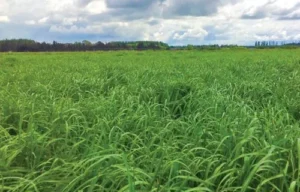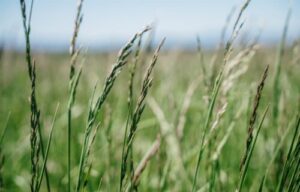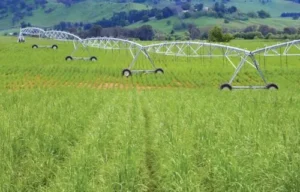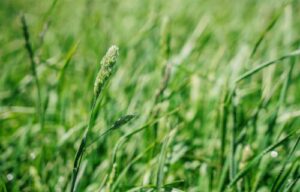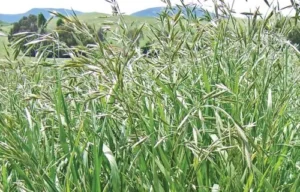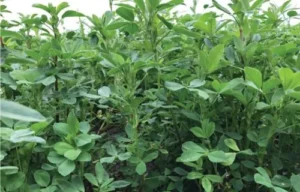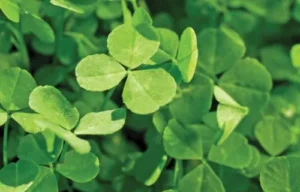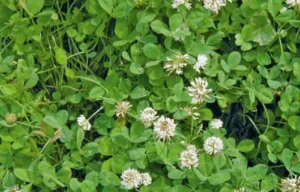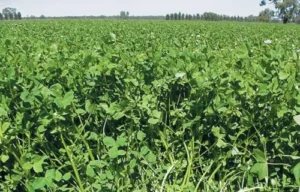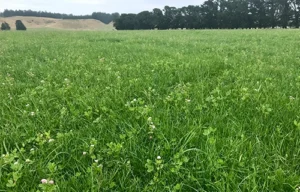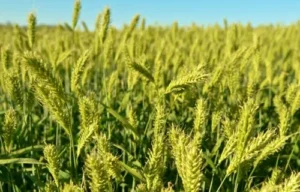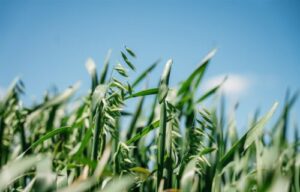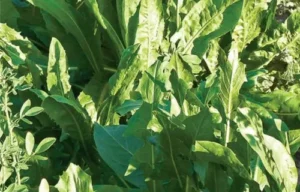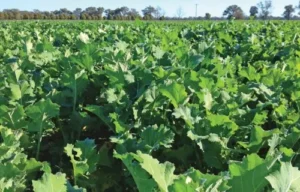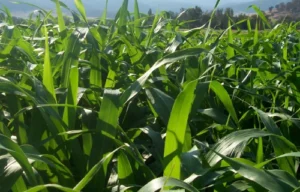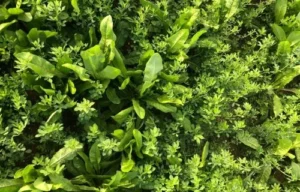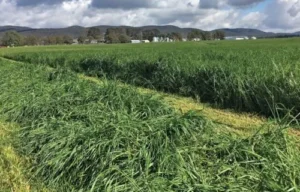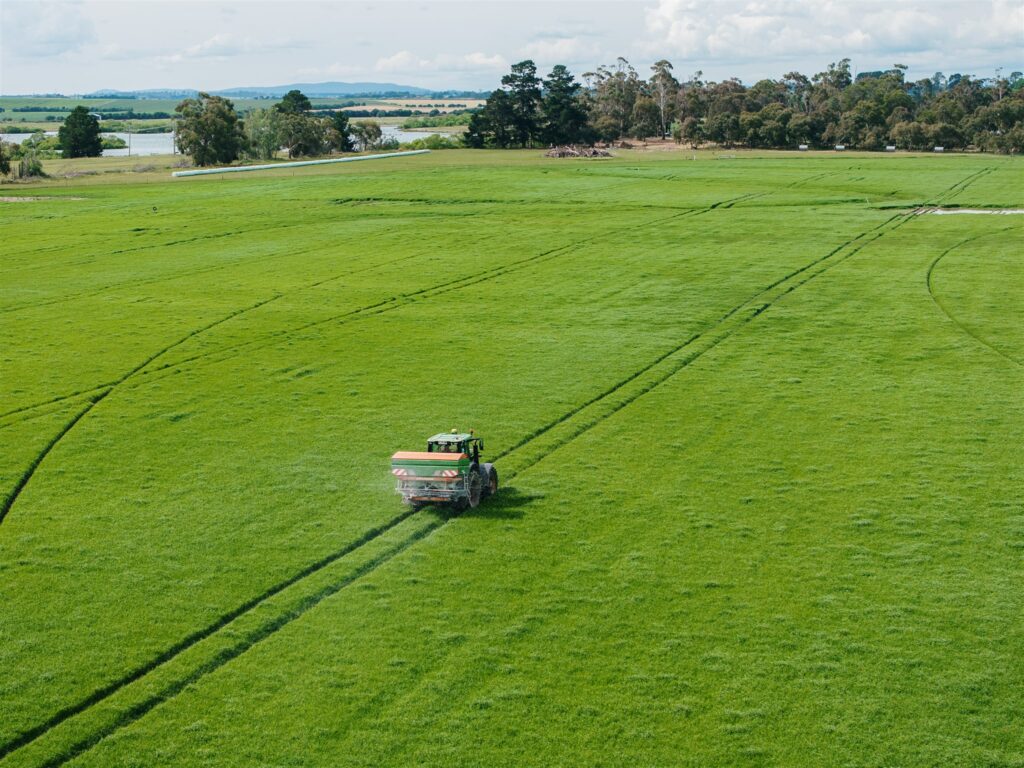The Challenge of Weeds
Weeds are one of the most persistent challenges for Australian pastures. They compete for nutrients, water, and light, reducing both yield and feed quality. Common species such as Capeweed, Paterson’s curse, and annual ryegrass can significantly impact productivity if not managed effectively.
Prevention is Better than Cure
At UMS, we emphasise prevention. Clean paddocks, effective crop rotations, and careful selection of pasture species reduce the opportunity for weeds to establish. For example, competitive perennials such as phalaris and tall fescue can outcompete annual weeds in high rainfall zones, while strategic legume inclusion can suppress broadleaf weeds by providing dense canopy coverage.
Chemical and Cultural Controls
Chemical control remains an important tool, but it must be integrated with cultural practices to prevent resistance. Herbicide rotation, selective grazing, and mowing are key strategies. UMS area managers can assist growers to align chemical applications with sowing and grazing schedules, ensuring effective control while maintaining pasture health.
Ongoing Monitoring
Effective weed management relies on continual monitoring. Early detection allows targeted intervention before weeds dominate the paddock. UMS area managers can assist growers establish monitoring protocols, identify problematic species, and in conjunction with your agronomist, advise on the most appropriate combination of cultural and chemical controls.
Long-Term Benefits Integrated weed management not only protects pasture productivity but also reduces costs, preserves soil health, and enhances pasture longevity. UMS combines high-quality seed, expert advice, and ongoing trial data to help growers achieve paddocks that remain productive and competitive for years.

